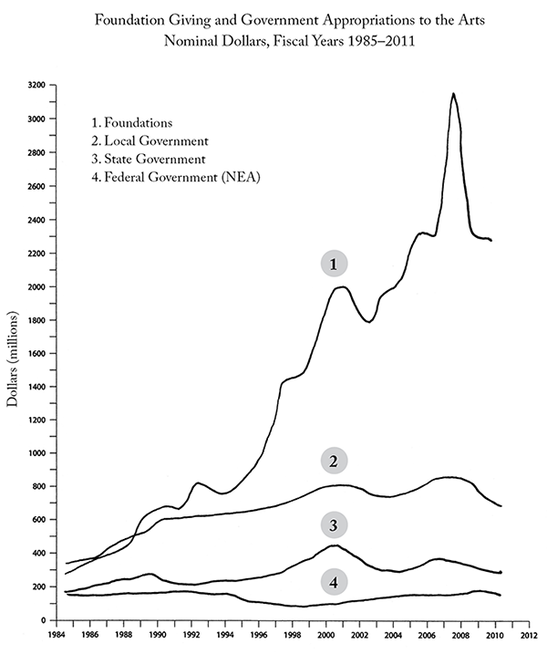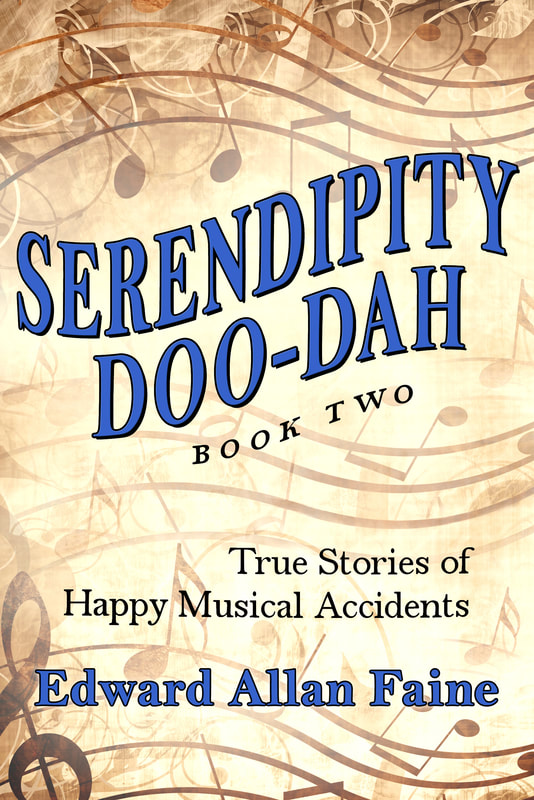I didn’t provide a breakdown of this support by musical category (jazz, classical, for example). The data for those categories is available at the Foundation Center in Washington, DC,* but coaxing the information out of the files, while straightforward, is inordinately time/labor intensive.
Nonetheless, I was able to obtain jazz and classical funding for selected years, which I share below.
Summing up, foundation financial support for jazz, while slow to develop, exhibited significant growth beginning in the 1990s and on through the first decade of the new century. Annual outlays that once totaled less than $100,000 in the 1970s, grew to $500,000 in the late 1980s, then to $1.5 million in the 1990s, and finally to as much as $15 million in the first decade of the twenty-first century.
A hundred or so years after its humble birth, jazz had finally received its just due in a currency understood by everyone.
Looked at another way, foundation monies that more or less kept pace with government support in the early years finally broke away in the mid-1990s, becoming four or five times greater. Jazz had thus become, like classical music, a principality of grants and commissions, prompting pianist Mulgrew Miller to declare jazz “interview music”—shorthand for the process of obtaining funds for musical projects by answering grant givers’ questions.
But now that jazz is bona fide “interview music,” is it receiving its fair share of foundation largesse? The amount of foundation monies given to symphony orchestras in two relatively recent years, 2003 and 2005, was $156 million and $180 million, respectively. Both nearly 12 times more than jazz received in those years. Twelve times!
While it may not be desirable to compare apples to oranges, the European apple must taste a lot sweeter to foundations than the American orange. If the comparison is made to classical music as a whole (including individual and ensemble projects and opera), and not just to the symphony orchestra component, the funding differential would be some 20 times greater. America’s classical music, it would appear, is still . . . classical.
With these facts in hand, the way forward for advocates of America’s own music is to champion for the arts in general and the performing arts specifically, while making the case that jazz has a way to go before it reaches an equitable share of the foundation pie.
*Coda
The data on foundations is based on my research (both off-line and online) of materials available at the Foundation Center, Washington, DC, which are now available at Candid, the successor entity to the Foundation Center, located in New York City.
Coda Coda
The information provided and the conclusions drawn above are out of date by some eight years. I share this data with the hope someone will pursue an update. Overwhelmed by current projects, I cannot do so. However, I will provide research tips and collected materials to someone interested in so doing. Contact me if you’re interested.





 RSS Feed
RSS Feed